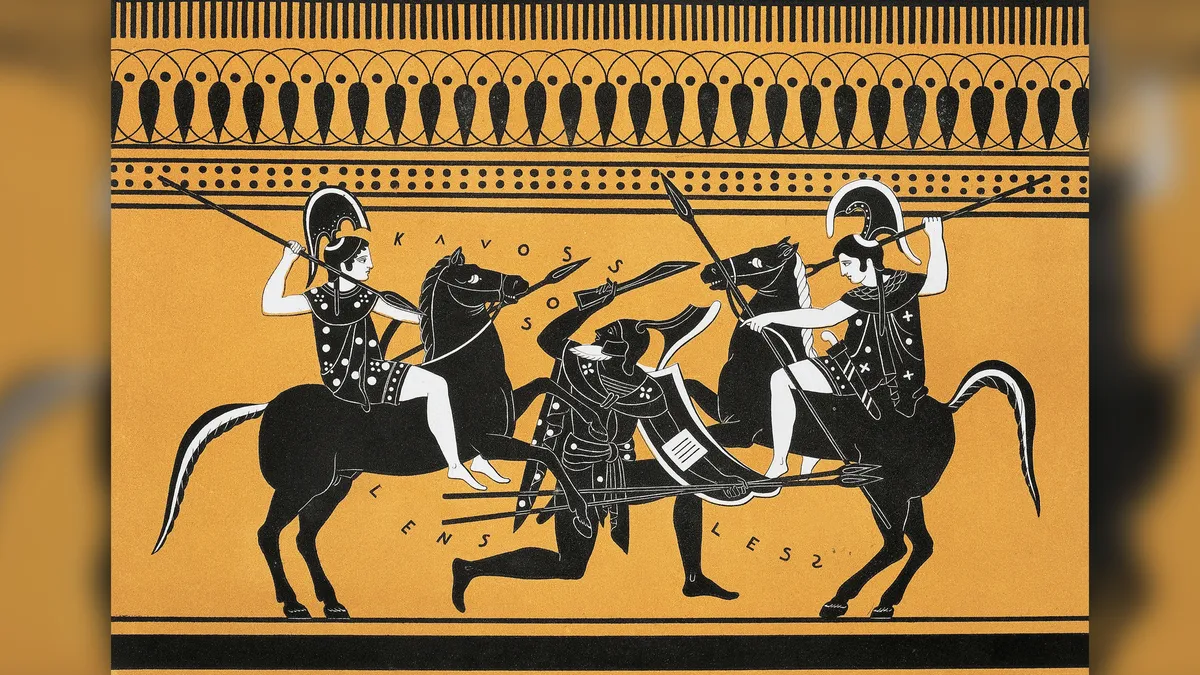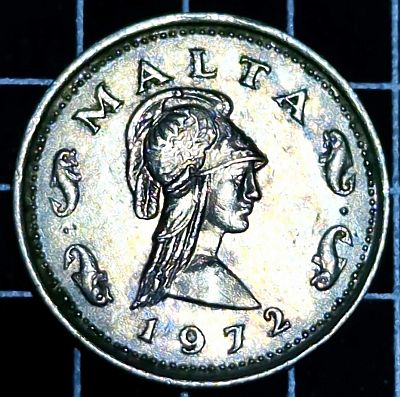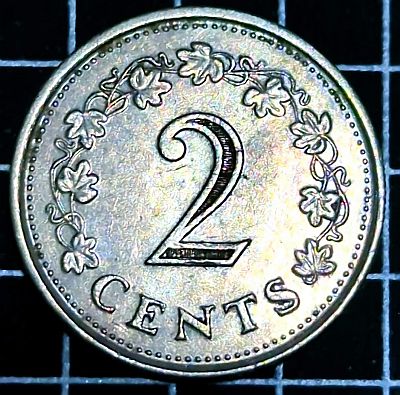Featuring the Queen of the Amazons
Amazon Warriors

Depiction of Amazon Warriors from Live Science)
According to Greek mythology, Amazon warriors were the most powerful women ever. They were said to be a tribe of independent, mighty women who had rebelled against the men-dominated society. They used to live in isolate places, exclude men from their society and make wars against them.
Little is known about the legendary Amazons, most of which is taken from myths. Only a few historical facts have been discovered to prove the existence and development of an Amazon culture. Some believe that they were just a fable told to comfort oppressed women.
According to legend, they lived in the city of Themiscyra, off the river Thermodon in Asia Minor (modern-day Türkiye). Homer describes them in the Iliad as “women who go to war like men” and Heredotus uses the term “Androktones” for them, which means “killers of men”. The bow and arrow, the librys (a kind of double-edged axe) and a shield in the shape of a crescent were their weapons. The Amazons showed unsurpassed skill and excellence as horse-tamers and riders.
While still a girl, the right breast would be removed and cauterized using a searing hot bronze tool. It was thought to be a necessary evil, to mutilate and remove all possible hindrances to using a spear or drawing an arrow.
This practice may has attributed them the name Amazons from the Classical Greek word “Amazoi”, which translates to either breast-less, full-breasted or not-touching men.
Their name may also have resulted from contact with the ancient Circassians who were known to worship the moon. The word Amazon in the ancient Circassian language meant “moon-mother” or “mother of the forest”.
Penthesilea
Penthesileia was an Amazon queen who led her troops to Troy in support of King Priamos during the Trojan War. Some say she was a mercenary seeking gold, others that she had accidentally killed her sister and sought redemption. In the battles which ensued Penthesileia slew the Greek Makhaon (Machaon) but was in turn felled by Akhilleus (Achilles). When the hero lifted her helm, he fell in love and agreed to return her body unharmed to the Trojans for proper burial. Penthesileia’s name means “mourned by the people” from the Greek words penthos and laôs.
Obverse

The obverse of the coin features a bust of Penthesileia, facing right. The country name is above and year below. There are two dolphins either side of Penthesileia.
The dolphin is a Maltese symbol. There are two dolphins in the Maltese Coat of Arms, from 1964 to 1975. The dolphins indicated that the country, which had gained independence in 1964, is an island state.
Reverse

Denomination within a wreath of vine leaves
Of the coins dated 1972, 4,002,000 were minted in 1971, 3,151,000 were minted in 1972, 1,000,000 were minted in 1973, and 3,000,000 were minted in 1974. There are no features to identify coins minted in each of these years. The coin continued to be minted until 1982. Circulating coins were only issued dated 1972, 1976, 1977, and 1982. Circulating coins and 1972 dated proof coins were minted by the Royal Mint in the UK. Non-Circulating coins dated 1976-1981 were minted by the Franklin mint in the United States and contain their mintmark.
From 1972 – 2007, Malta used the “Lira” with 1 Lira made up of 100 cents, and 1 cent further divided into 10 Mils.
I must admit, I cannot find the link between Malta and the Amazons. Of the 8 circulating coins of 1972, they feature:
- Maltese Cross (2 mils)
- Bee on honeycomb (3 mils)
- Lampstand (5 mils)
- The George Cross (1 cent)
- Penthesileia (this 2 cents)
- Ritual altar in the temple of Hagar Qim (5 cents)
- A boat (10 cents)
- Great Siege Monument (50 cents)
Quite a varied set of coins! What is your favourite? Or do you know the Malta – Amazon link? Do let us know!


Leave a Reply